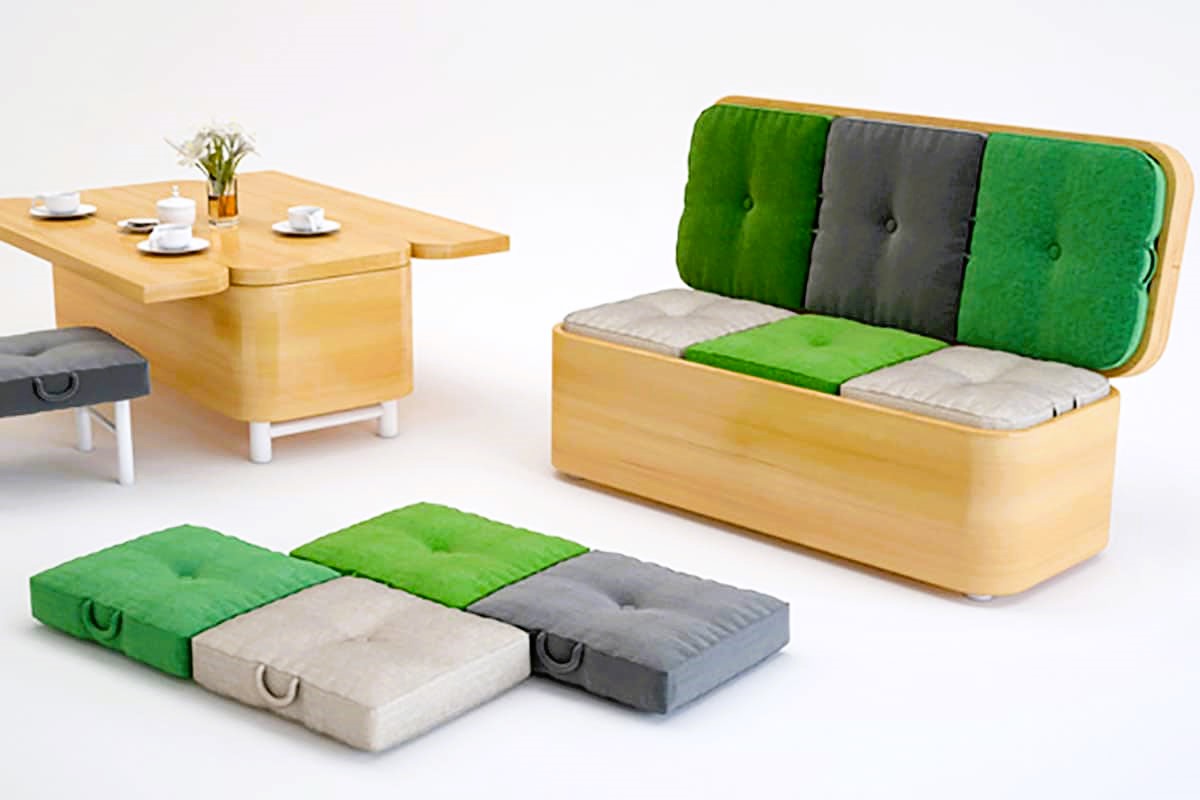Choosing Eco-Friendly Furniture for a Sustainable Home
In an era marked by growing environmental consciousness and a desire for sustainable living, the choices we make in furnishing our homes play a significant role. Eco-friendly furniture has emerged as a compelling option for those seeking to reduce their environmental footprint while enjoying beautiful and functional interiors. In this article, we explore the importance of eco-friendly furniture, its benefits, and how to make informed choices when selecting sustainable pieces for your home.
Understanding Eco-Friendly Furniture
Eco-friendly furniture, also known as sustainable or green furniture, is designed and manufactured with a focus on reducing its impact on the environment. These pieces prioritize responsible sourcing of materials, energy-efficient production processes, and low emissions of harmful chemicals.
The Benefits of Eco-Friendly Furniture
- Reduced Environmental Impact: One of the most significant advantages of eco-friendly furniture is its reduced impact on the environment. Manufacturers of sustainable furniture prioritize materials that are sustainably sourced and renewable, minimizing deforestation and habitat destruction.
- Healthier Indoor Air Quality: Eco-friendly furniture is often made with low-VOC (volatile organic compound) finishes and adhesives. This leads to improved indoor air quality by reducing the release of harmful chemicals into your home’s atmosphere.
- Longevity and Durability: Sustainable furniture is built to last. High-quality materials and craftsmanship result in pieces that withstand the test of time, reducing the need for frequent replacements and further decreasing waste.
- Support for Responsible Practices: Purchasing eco-friendly furniture supports manufacturers committed to responsible and ethical practices. It encourages the adoption of sustainable methods throughout the industry.
- Energy Efficiency: Some eco-friendly furniture is produced using energy-efficient manufacturing processes, reducing energy consumption and greenhouse gas emissions. Like the article? Read also about the Art of Furniture Arrangement at this link.
Choosing Eco-Friendly Furniture
When selecting eco-friendly furniture for your home, consider the following factors:
- Materials: Look for furniture made from sustainable materials such as reclaimed wood, bamboo, FSC-certified wood (certified by the Forest Stewardship Council), and recycled materials. These materials minimize the impact on forests and landfills.
- Finishes: Check for low-VOC or VOC-free finishes, stains, and adhesives. These products release fewer harmful chemicals into your home’s air.
- Certifications: Seek out certifications such as the Cradle to Cradle Certified™ label or GREENGUARD Certification, which indicate adherence to strict environmental and indoor air quality standards.
- Local and Artisanal Products: Supporting local artisans and manufacturers often means reduced transportation emissions. Handcrafted, locally sourced furniture can also be a unique and sustainable choice.
- Secondhand and Vintage: Consider purchasing secondhand or vintage furniture. It not only reduces waste but also gives new life to existing pieces. Vintage furniture often carries a unique charm that can enhance your home’s character.
- Modular and Adaptable Furniture: Choose modular or adaptable furniture that can evolve with your changing needs. This reduces the need for frequent replacements.
- Repairability: Opt for furniture that is designed for easy repair. Pieces with replaceable parts or clear repair instructions can extend their lifespan.

Responsible Disposal of Old Furniture
When replacing old furniture, consider responsible disposal methods. Donate usable pieces to charities or organizations that accept furniture donations. Recycling or upcycling old furniture can also minimize waste.
Conclusion
Choosing eco-friendly furniture is a meaningful step toward creating a sustainable and environmentally conscious home. It not only benefits the planet by reducing resource depletion and pollution but also promotes healthier indoor living spaces. By considering the materials, certifications, and practices of furniture manufacturers, you can make informed choices that align with your commitment to a greener and more sustainable lifestyle.
For more information on furniture standards and regulations in Canada, you can visit the official website of Canada.ca. Understanding safety and quality standards is essential when selecting furniture, including eco-friendly options, for your home.

